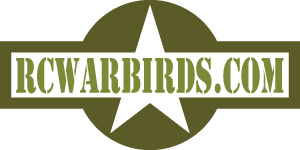Page 5 - All pictures and captions by Bob Sealy
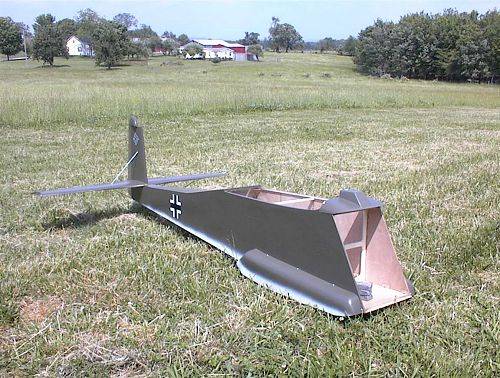
Sorry for the delay guys, but all did not go as planned. Getting back
on the ME323 now, and as you can see, the fuselage is almost ready to fly.
Still working on the nose plug, and my new target date to fly is the end
of May, or sooner. |
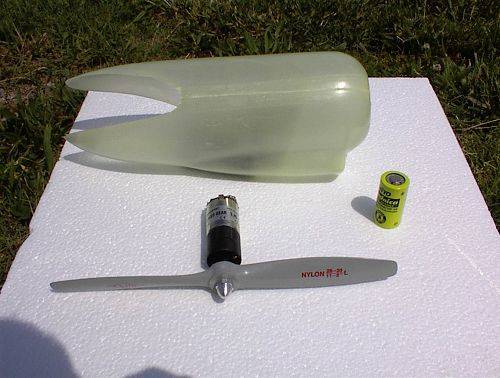
Here is one of the six naccelles, along with one of the 20 cells, and
one of the six motor/prop assemblies. Three of the motors will have pusher
props and run clockwise while the other three will use tractor props and
be run counterclockwise. This should eliminate all of the motor torque from
the six props. The battery will have ten cells, each at 3.0 amps. This will
produce a 12 volt, 3 amp battery. Two of these assemblies wired together
in parrallel, thus the twenty cells, will produce 12 volts, with 6 amps.
That is one amp per motor. This should produce flights in the seven to 9
minute range, plus some extra if there are some good thermals in the area.
|
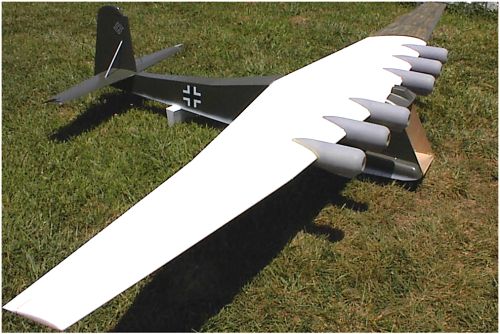
Here is a picture showing the completed, ready to paint, wing, sitting
atop the already painted fuselage. At this stage, the total weight is 11
pounds, or 5 pounds of fuselage and 6 pounds of wing. My battery pack, along
with the six electric motors, will weigh about 4 pounds. That leaves me
about a pound for radio in order to hit my target weight of 15 to 16 pounds.
In all likelyhood, I will probably end up with a total flying weight of
about 16 1/2 to 17 pounds. Still not bad for a 181" wingspan airplane. After
I get the wings painted, and motors installed, I will be tackling the plug
for the clam shell doors. After the dorrs are made and installed, the radio
will be finished, and it will be ready to fly. Notice I said the airplane
will be ready. It may take the pilot, me, a few days to build up some nerve,
although I expect it to be nothing more than a large, underpowered glider.
Quite like the original. |
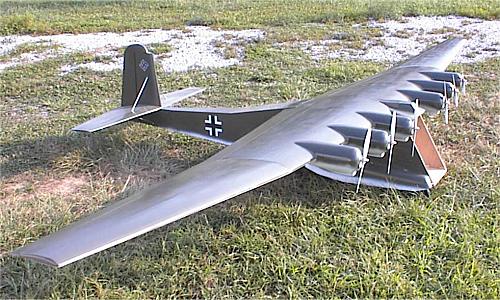
Here we are in the closing stages. At this point, everything is completed
except for the fiberglass nose section. All motors are installed, wired,
and ready to fly. All servos, only six to be exact, are installed, receiver
and speed controller in place, and motor battery assembled and installed.
At this stage, the airplane weights in at 15 3/4 pounds. The nose should
bring the total flying weight in at just under 16 pounds. Only a pound over
what I would have loked to obtain. As soon as the fiberglass nose is painted,
and a few more markings are applied, the Me 323 will be ready to fly. If
all goes as planned, it should be quite uneventful. |
BACK to PROJECTS
|
|
Become an RCWarbrids site supporter by making a donation.
|
$5.00 |
 |
$10.00 |
 |
$15.00 |
 |
$20.00 |
 |
| |
|
|
|
|
